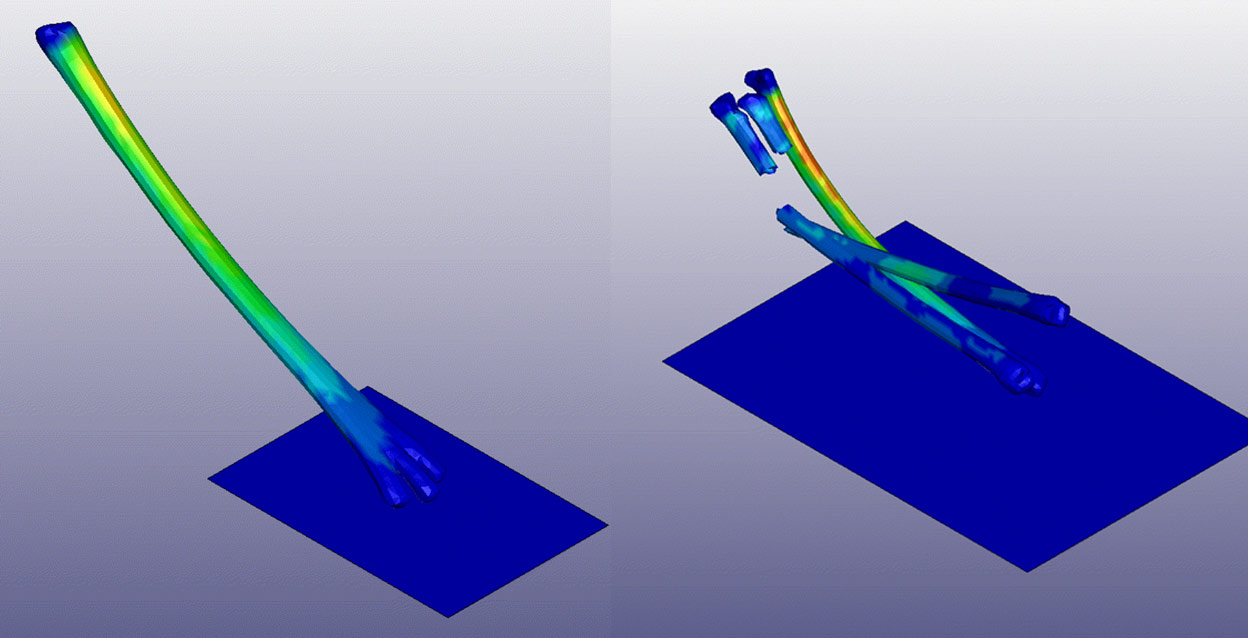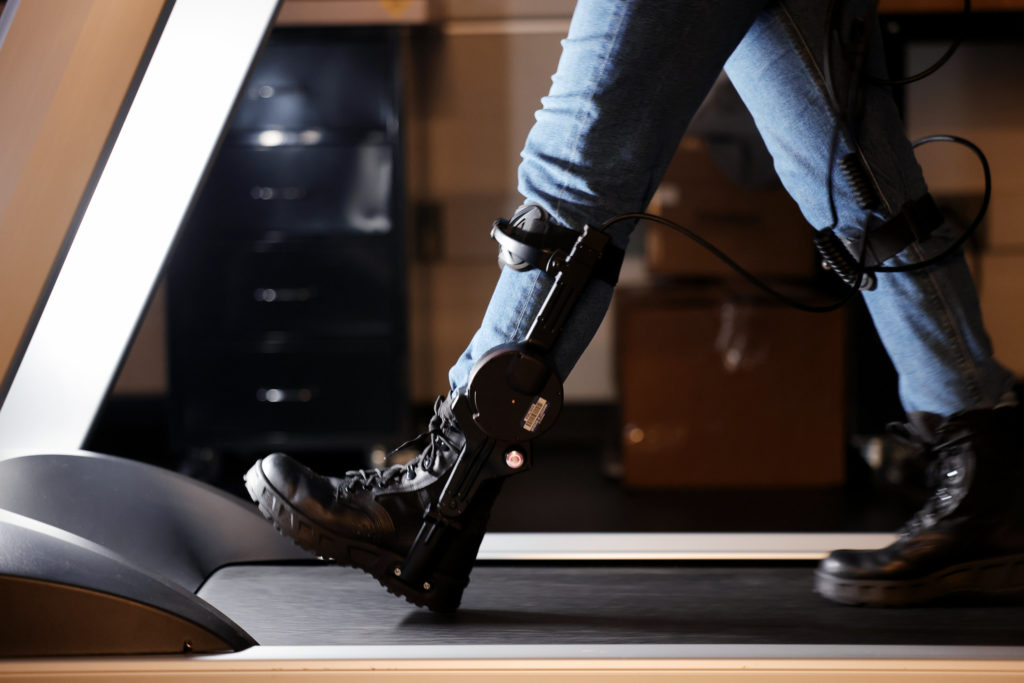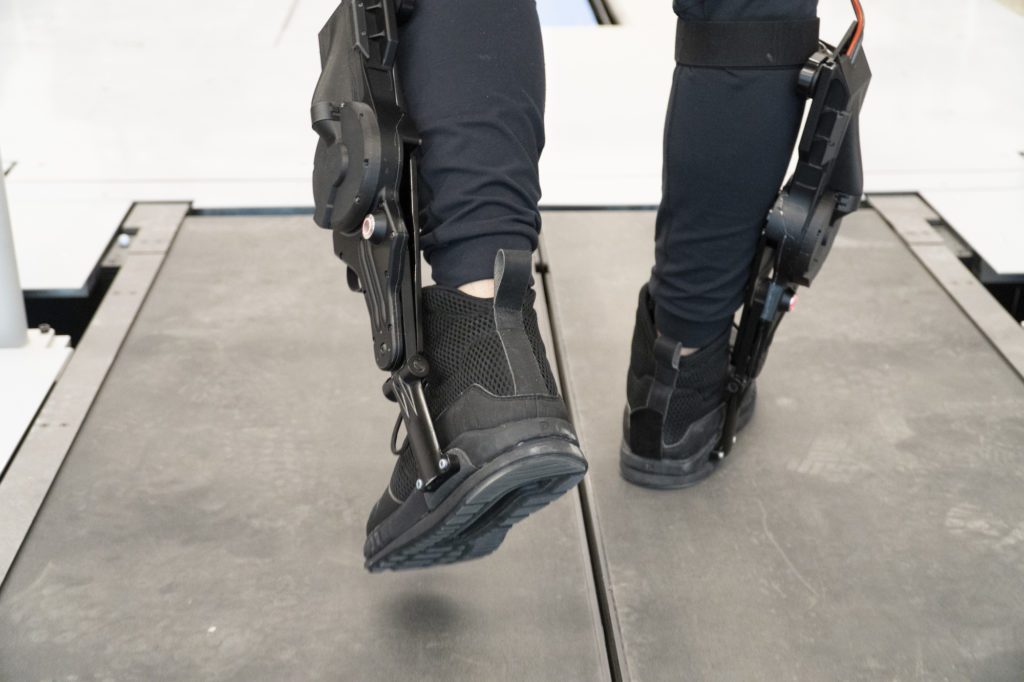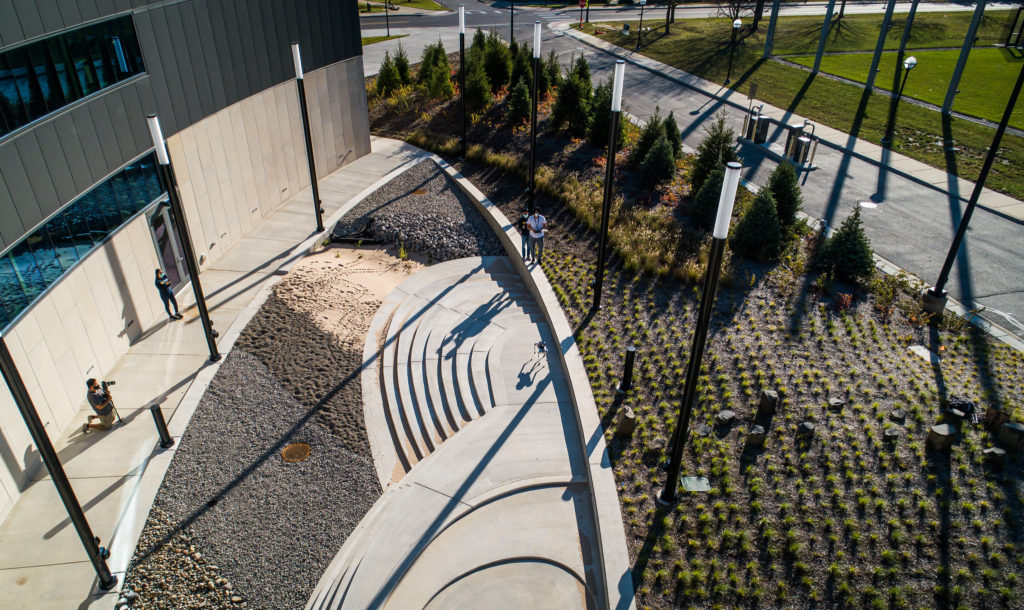Choosing exoskeleton settings like a Pandora radio station
October 19, 2023
Taking inspiration from music streaming services, a team of engineers at the University of Michigan, Google and Georgia Tech has designed the simplest way for users to program their own exoskeleton assistance settings.
Of course, what’s simple for the users is more complex underneath, as a machine learning algorithm repeatedly offers pairs of assistance profiles that are most likely to be comfortable for the wearer. The user then selects one of these two, and the predictor offers another assistance profile that it believes might be better. This approach enables users to set the exoskeleton assistance based on their preferences using a very simple interface, conducive to implementing on a smartwatch or phone.
Continue reading ⇒


